Bauhaus Dessau
1925–1931
The Bauhaus experienced its heyday in Dessau. Here the “State Bauhaus” became a “School of Design”.
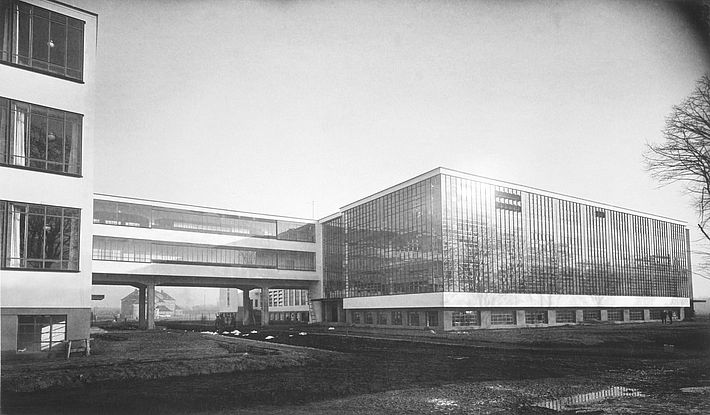
Headline
Surprisingly, following the politically motivated closure of the Bauhaus in Weimar, the change of location to Dessau did not result in a crisis in the school. If anything, it fostered its consolidation on the path to the design of new industrial products for the masses. Proclaimed at the Weimar exhibition of 1923, the new unity of art and technology – which is still the basis for the school’s international reputation – only achieved its full potential in Dessau. Starting with the famous Bauhaus Building – designed by the private architecture office of its founding director Walter Gropius in cooperation with the Bauhaus workshops and opened in 1926 –, the majority of the products and buildings that still define the image of the Bauhaus today were created in Dessau. In Dessau, the stylistically influential use of lower case lettering was established for the first time, and the foundation of the company Bauhaus GmbH allowed the students to participate in the success of the products developed at the Bauhaus.
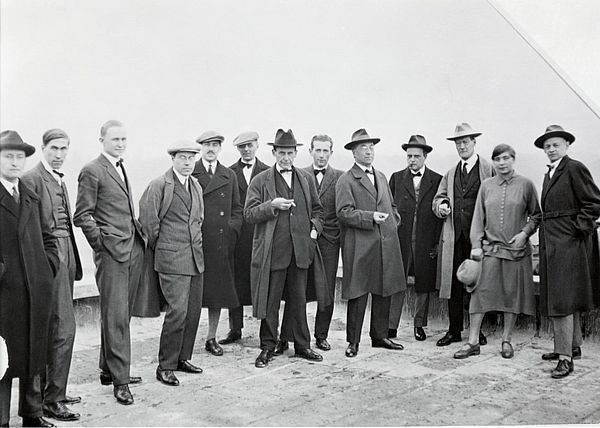
Headline
Important advocates for the Bauhaus in Dessau included the free-spirited aviation pioneer and inventor Hugo Junkers, the city’s liberal mayor Fritz Hesse and the State Conservator Ludwig Grote. These not only looked to Bauhaus for solutions to the shortage of affordable housing for workers in industrial regions but also anticipated innovative cultural impulses for the city. As an architect and designer who had already made a name for himself in 1911 with the celebrated glass building for the Fagus-Werk shoe last factory in Alfeld, Lower Saxony, Gropius was warmly welcomed by the Dessau city fathers. With the exception of Gerhard Marcks, the Weimar masters Lyonel Feininger, Wassily Kandinsky, Paul Klee, László Moholy-Nagy, Georg Muche and Oskar Schlemmer, who were already famous, followed Gropius to Dessau and moved into the Masters’ Houses that he had designed. This meant the most prominent artists’ colony of the day – famous even outside Germany – was in Dessau. The importance of this image factor for the emerging industrial location cannot be overestimated.
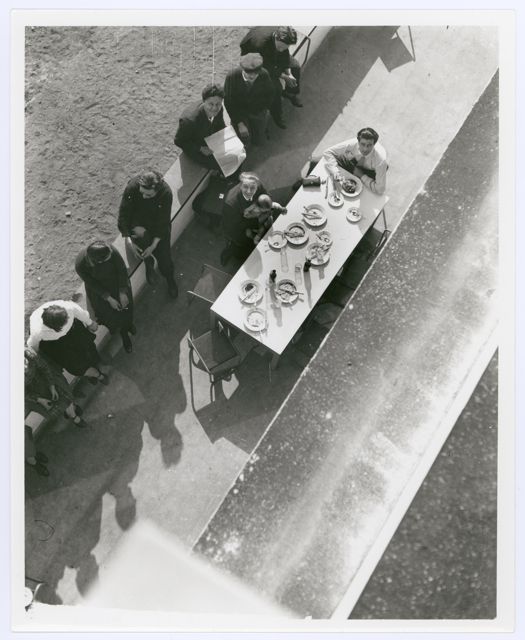
Headline
From 1926, the former Weimar State Bauhaus was officially called Bauhaus – School of Design. Instead of the customary journeyman’s certificate of the Weimar period, graduates received a diploma and the masters were appointed as professors. The artistic subjects were pushed aside in favour of courses orientated towards industrial design. While Itten’s students, who typically had shorn heads, still wore voluminous cloaks in the Weimar phase, the clothing in the Dessau phase was extremely modern: The men wore close-fitting suits, and the women cut their hair in a bob and wore trousers or knee-length skirts.
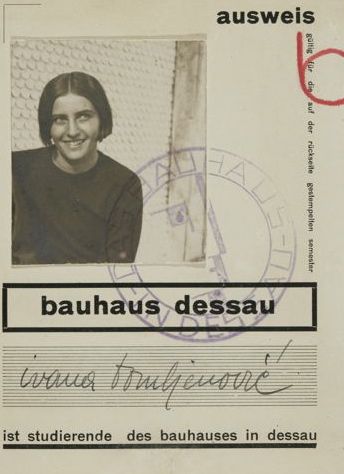
Headline
However, mistrust and resentment were also evident in Dessau. The lack of affordable living space due to the high costs for the experimental Dessau-Törten estate angered the middle classes in Dessau in the same way that the libertarian lifestyle at the Bauhaus sparked aversion. Given the incipient global economic crisis, there was little appreciation for the added cultural value of the Bauhaus with its stage, Bauhaus-Kapelle (Bauhaus band), readings and festivals. From 1927 in Dessau, as in Weimar before that, Gropius was once again forced to fight for the political survival of his school.
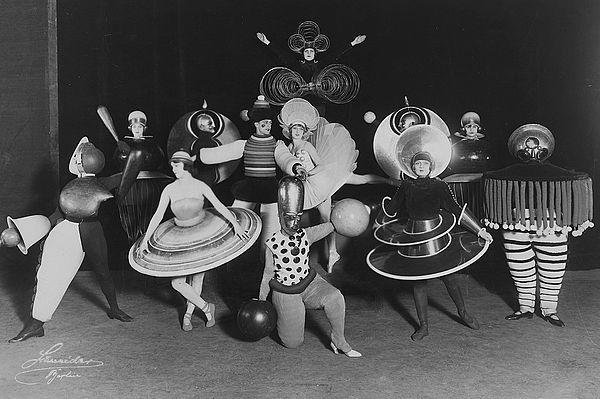
Headline
A year later, on Gropius’s recommendation, the director’s post was handed over to the Swiss architect and urbanist Hannes Meyer, previously the head of the architectural department established at the Bauhaus in 1927. Together with the students, Meyer built the Federal School of the German Trade Unions (ADGB) in Bernau close to Berlin and the Laubenganghäuser (Balcony Access Houses) in Dessau. His rallying cry at the Bauhaus was, ‘The needs of the people instead of the need for luxury.’ In the process, he pursued the product-orientated ideas of the Weimar period, but in a more radical manner. According to him, art should be little more than a means to an end. However, because of his declared socialist sympathies, Meyer was at an even greater risk of being defamed as a ‘cultural Bolshevist’. In 1930, he was dismissed by the city council for supposed ‘communist practices’.
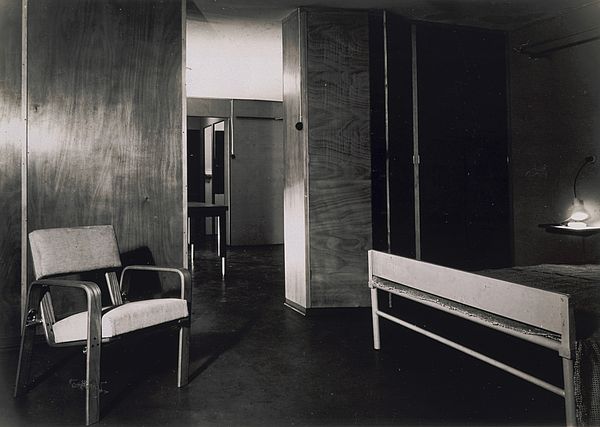
Headline
With Ludwig Mies van der Rohe in 1930, the Bauhaus acquired its last and – in contrast to Gropius and Meyer – least politically minded director. The school’s orientation towards architecture grew under his direction. however, there was also an increasing lack of socio-political reference. The students were most affected by the ban on any type of political activity and the discontinuation of production lines. Just one year after Mies van der Rohe took office, the city council of Dessau was already dominated by the NSDAP. The city passed a resolution to close the Bauhaus in Dessau as of September 1932. The relocation of the school with all its equipment to an old telephone factory in Berlin-Steglitz, which was organised by Mies van der Rohe, was just a brief interlude that preceded its final closure on 20th July 1933.
